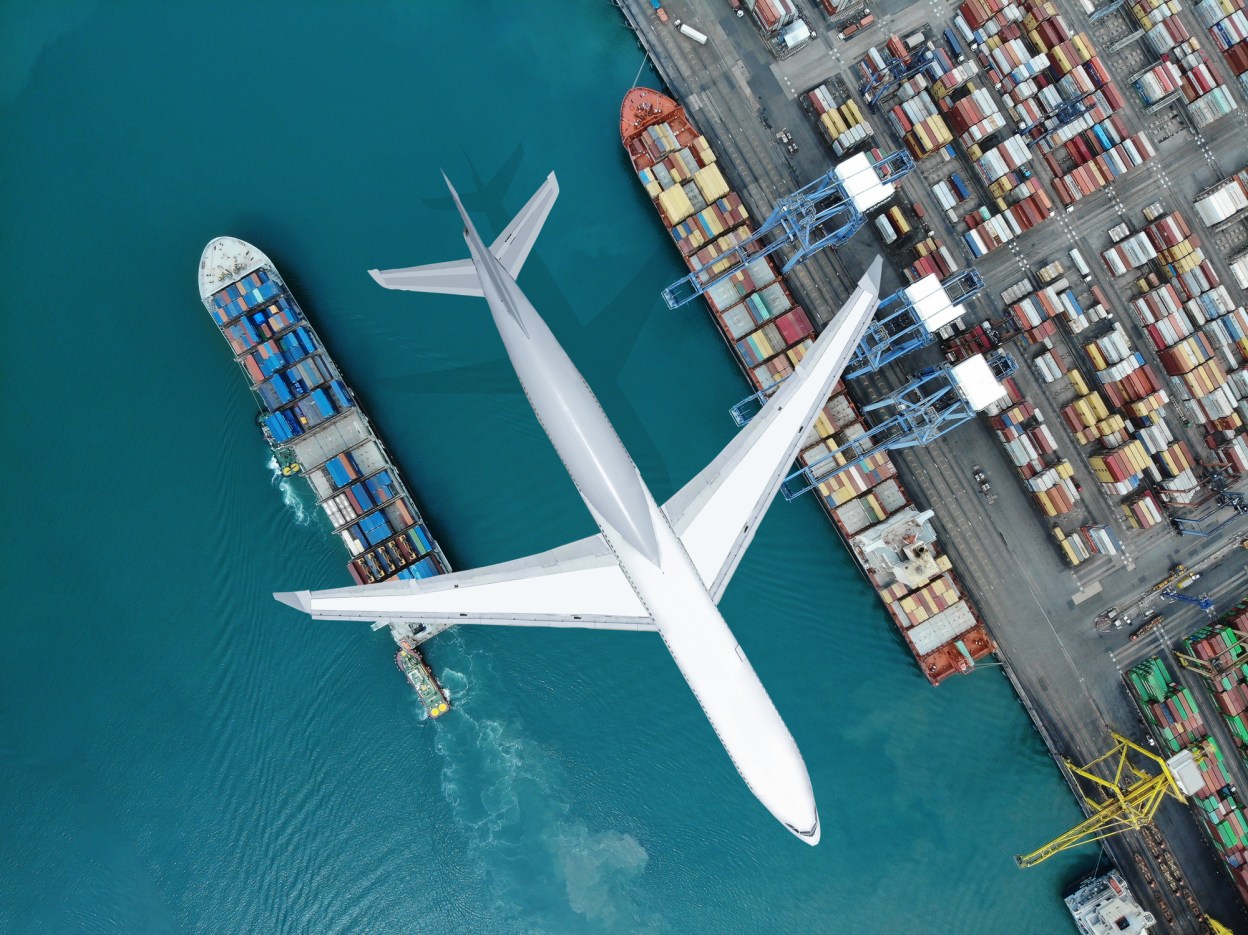People count on successfully operating supply chains. We’ve always trusted manufacturing supply chains to deliver most everything we consume—from food to pharmaceuticals, computers to clothes, automobiles to air conditioning. So, it’s no wonder panic set in when pandemic-related lockdowns caused supply chains to suddenly, swiftly stall—or in some cases, completely stop.
A recent Ernst & Young survey of senior-level supply chain executives revealed all automotive and nearly all (97%) industrial products companies said the pandemic had a negative effect on their businesses.
In addition to health and safety issues, the pandemic also exposed vulnerabilities in complex supply chains. The 2021 State of Manufacturing Report from Fictiv illustrates top supply chain concerns.
What concerns do you have about your company’s existing supply chain?
- 55%: Increase in digital operations creates potential IT security risks
- 53%: Quality performance with existing suppliers
- 47%: Supply chain management overhead costs are too high
- 42%: Working with global markets creates IP protection risks
- 31%: Lack of visibility into operations creates risks and uncertainty
Changing Strategies to Address New Realities
Once all-in on lean and just-in-time manufacturing, today’s supply chain executives have a new priority: architecting greater supply chain resiliency.
Already balancing cost and productivity investments, leaders are planning next-year and three-year-out efficiency and talent upgrades. And increasingly, manufacturers see digital technologies as the best way to accelerate success.
The Next Wave of Innovation
Manufacturing is historically slower to modernize than, for example, logistics and distribution companies because of risk concerns. But that’s changing. Many in the sector are moving quickly to redefine operating models and double-down on digital.
According to the 2021 MHI Annual Industry Report, 85% of supply chain leaders expect digital to be the predominant supply chain model over the next five years, with 49% already accelerating spend on digital technologies.
MHI reported a notable increase in investments across:
- Cloud computing.
- Inventory optimization.
- Sensors.
- Robotics.
- Automation.
- Predictive analytics.
- Mobile and wearable technologies.
To create an end-to-end digital strategy that both speeds growth and ensures resiliency, manufacturers must address more use cases and needs, as well as close vulnerabilities in their ecosystems. They will need to reassess workflows, considering not only technology investments, but talent, too.
To jumpstart efforts, manufacturers are boosting frontline employee experience, giving workers Anywhere Workforce Solutions that optimize productivity while freeing team members to work from anywhere in the factory of the future. At the same time, IT maintains control of devices as supply chains increasingly rely on mobility to empower employees, contractors and suppliers working from everywhere.
An increasing number of manufacturers around the world are accelerating supply chain modernization efforts by combining data center, cloud and automation technologies on a multi-cloud digital foundation, such as VMware’s, to speed line operations and drive revenue. They are taking advantage of faster ways to rearchitect existing and deliver new, modern applications, such as those that predict machine downtime to better plan for maintenance windows. This is particularly important considering manufacturers can spend up to $260,000 for every hour machines are down, according to an Aberdeen Research report.
They are boosting supply chain productivity through the addition of emerging technologies—blockchain, AI, augmented reality, drones, machine learning and increasingly industrial IoT. These innovations help reduce manual, paper-based systems and accomplish more, faster across the value chain.
Because proprietary designs and data are critical to manufacturers and their operations, supply chain leaders are also incorporating technologies that ensure sensitive information is secured and stays protected wherever it travels and rests.
Where to Start?
Manufacturing supply chain modernization will continue to be a work in progress. But one thing is clear: Manufacturers that accelerate digital transformation will move further faster to achieving their supply chain resiliency goals.

